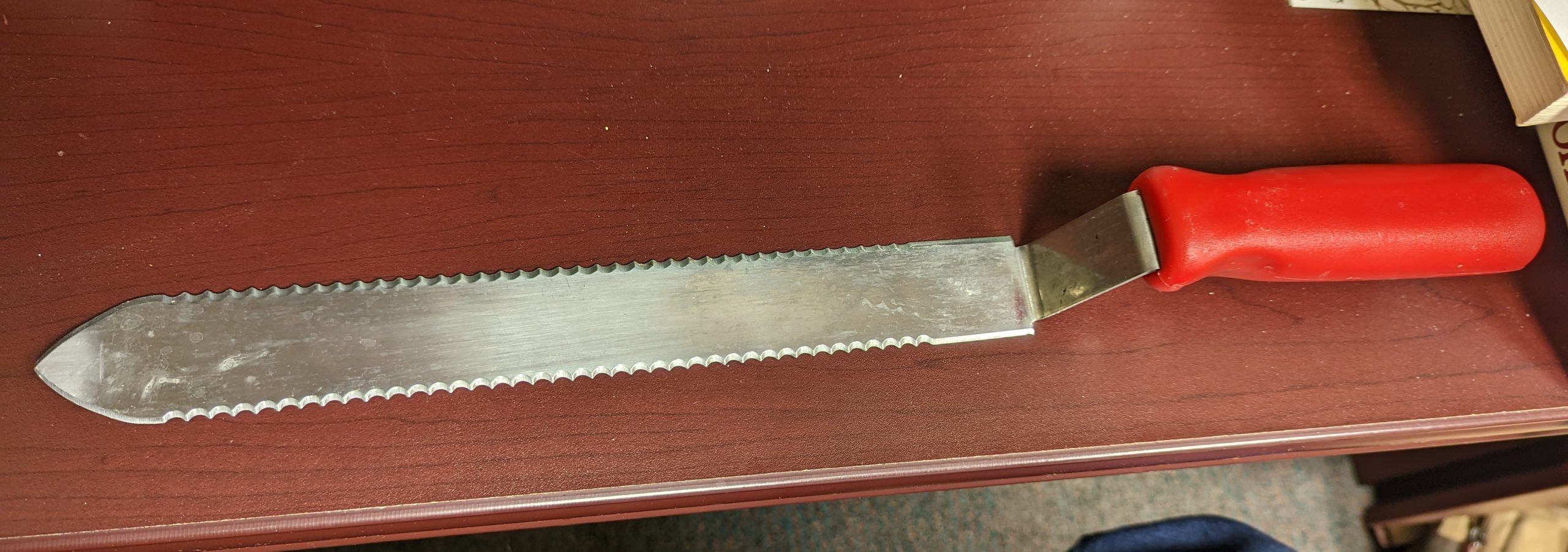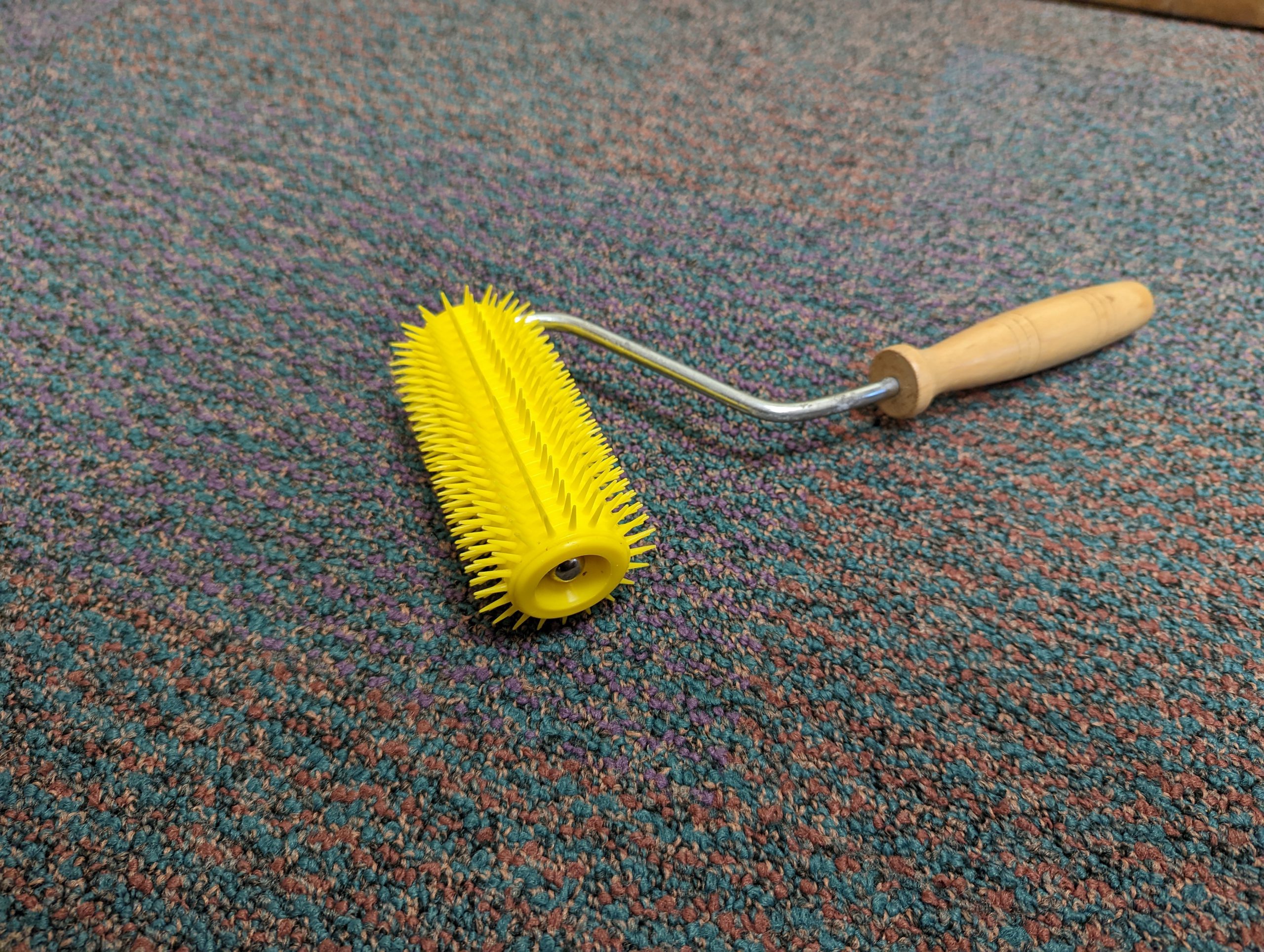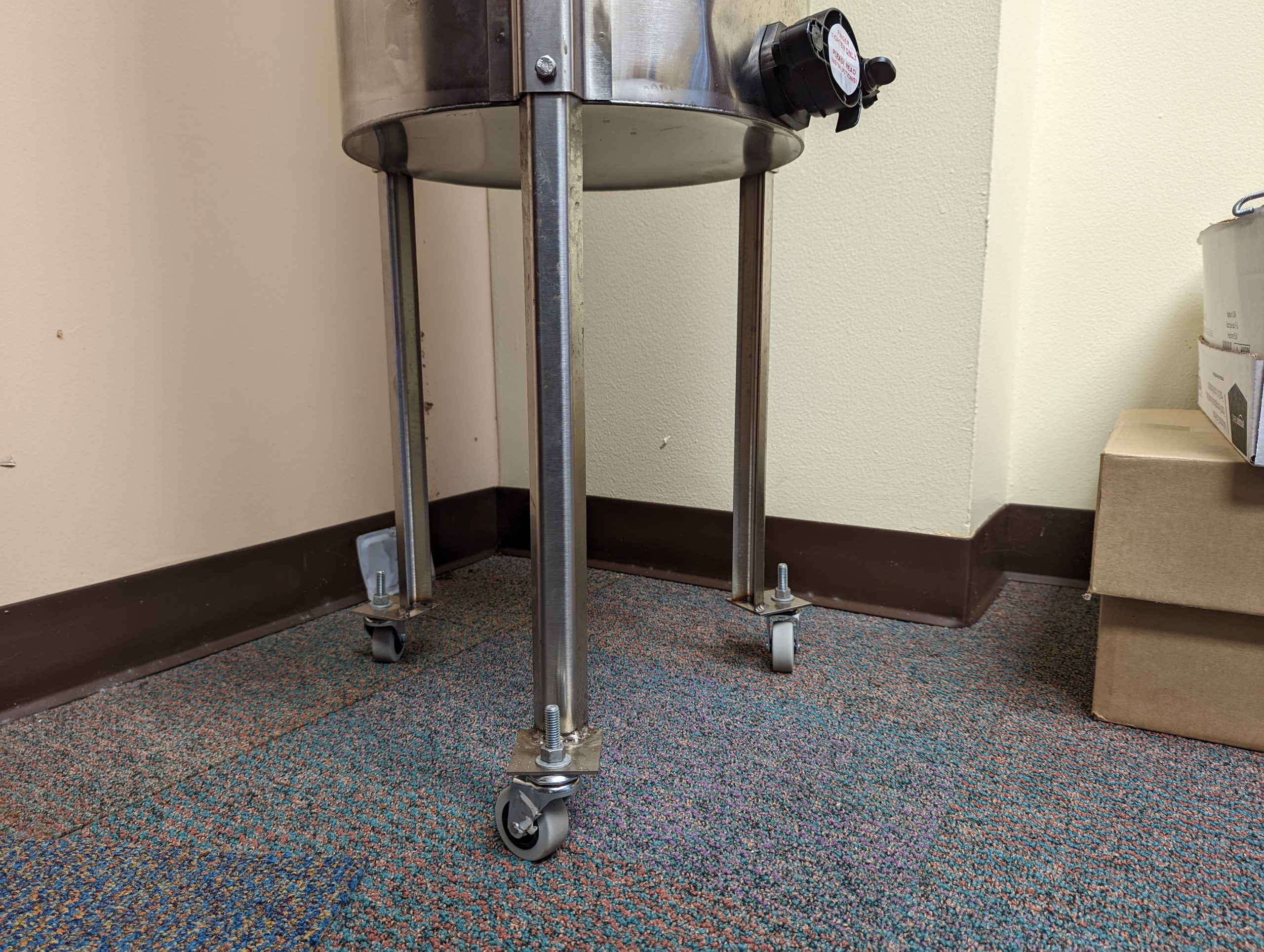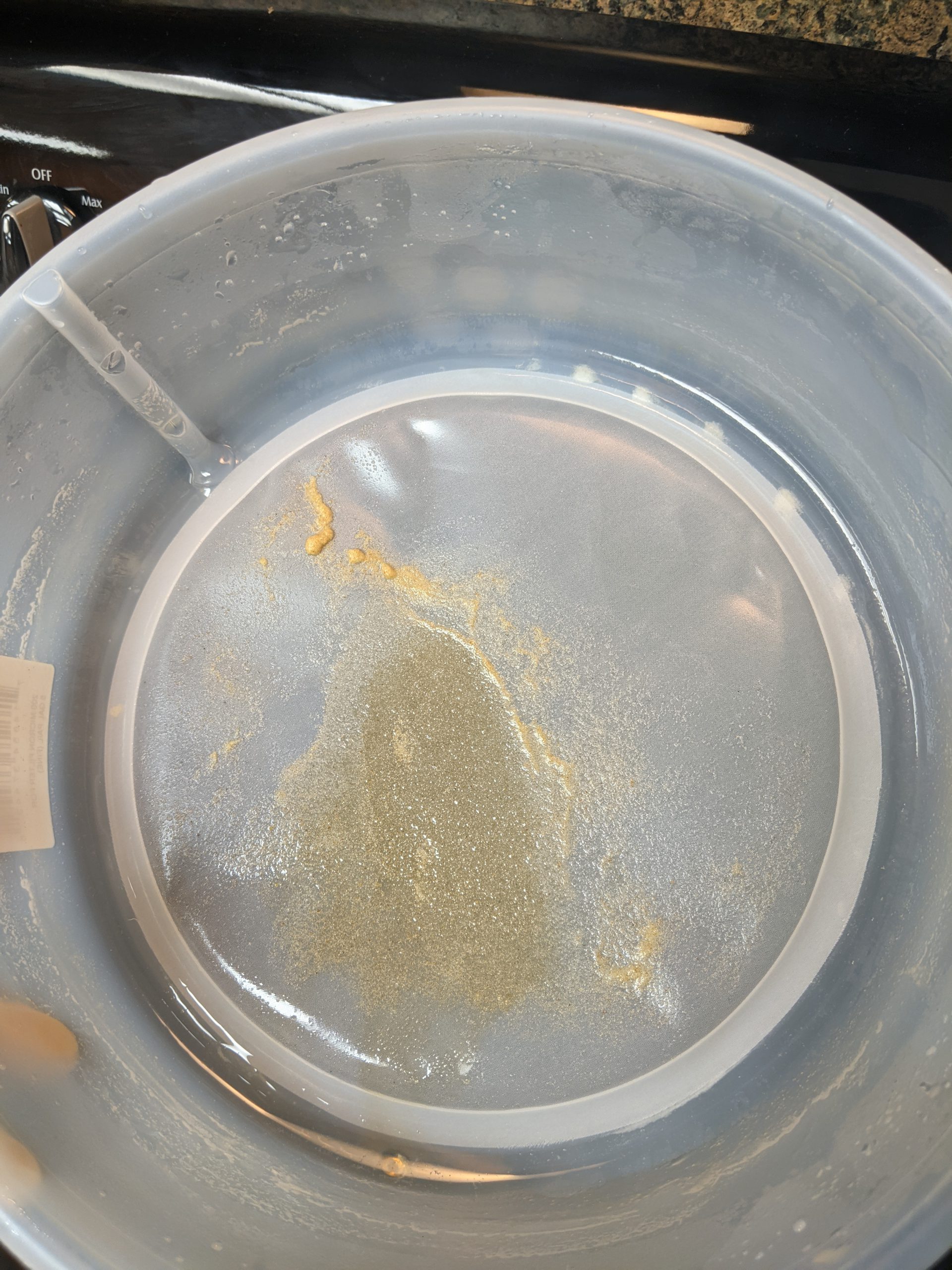Beekeeping as a hobby has been growing in popularity since 2006. And one of the perks of being a beekeeper is collecting honey from your colonies. But how do you prepare for all the mess and what do you need to have on hand to ensure a smooth collection? Let’s look at a few things to make your next honey harvest run easier.
Honey Harvesting: Preparing for Honey Harvest
Honey harvesting can be lots of fun, but it can consume a lot of time too. To help facilitate an easy day of work, you should have a few things in place to help it go as quickly and painlessly as possible. First, determine where you will be harvesting. Most of the time this is done in a kitchen. But any place that has a sink and is relatively easy to clean up will work. Do not harvest honey outside. Local bees will find your harvesting process and begin to frenzy over the exposed honey. Just do it inside a kitchen or well-equipped workshop.
Next, let’s have somethings on hand to help in case of a big mess. Having a mop and bucket will help with big mess clean up as well as general clean up. If possible, use warm/hot water to clean up honey. The higher temperature makes the honey less viscus, making it easier to clean up. A roll of paper towels or handfuls of napkins will help with smaller messes.
As you get ready for a harvest, laying down some paint drop plastic, or any similar product, will help reduce the clean-up afterwards. You can even lay it down only in areas where most drips would occur, where the supers are stored, uncapping area, around the extractor, where spent frames are stored. These are the areas most likely for a mess to occur. In a pinch, you can even cut open trash bags to use as a drop cloth.
Equipment Needed
Next, let’s consider the equipment needed for honey harvesting. You’ll need a place to uncap frames into, an uncapping tool, an extractor, strainers, a honey bucket, and bottles.
Uncapping frames is a messy process no matter how you do it, so you’ll need something to contain the mess while you uncap the frames. Bee equipment suppliers usually will have some sort of tank or tub like structure to uncap into. You can also build your own if you are feeling crafty. There is also a device that sits on top of a 5-gallon bucket that holds the frame and makes the bucket your uncapping receptacle. No matter what you choose, use something that will contain the mess of uncapping.
Uncapping

You will need something to uncap the frames with. There are several tools out there for your choosing. Traditionally a “cold knife” was used. It’s a knife that can be serrated that is used to cut the top most layer of the frame, removing the capping and exposing the honey filled cells.
More modern knives have a heated element that melts/cuts the top most layer. Either will work. If using a “hot knife” have an extension cord to allow for movement. Also, you need a place to set down your knife when you aren’t using it. If you are using a “cold knife,” try using two if possible. Keep one in a shallow pan of hot water so the knife metal is heated and will cut smoother. The two cold knife method is nice, but not necessary. There are also rollers, forks, and other tools that can uncap frames, most of which is just a matter of preference.


Extracting
For honey harvest, the ideal tool is a centrifugal extractor. It spins frames at a high speed, slinging honey out of the cells and collecting it at the bottom of the container. Other methods include crush and strain, and gravity. Crush and strain is completely destructive of all comb the bees have made to store the honey in. However, you do get the most beeswax harvested in this manner. For gravity harvesting you simply place a frame on its side or top and allow the honey to drip out over time into a container underneath the frame. It is a very slow process and takes up much room. It is generally not recommended.
For centrifugal extractors, hand crank extractors will work fine for backyard keepers. Some have retrofit motors that can be added. But motorized extractors will start to make more sense once you start having to extract ~6+ supers a harvest. Also, an important point for extractors, know how you plan to keep them in place. If you are using your kitchen, chances are you don’t have space dedicated solely to your extractor. Most extractors are on 3 legs, which will cause it to wobble as the frames spin.
There are two ways to mitigate this – permanently fixing the legs to the floor with some bolts or using caster wheels to allow for some play as the extractor spins. Permanently fixing isn’t usually an option unless you have a dedicated honey kitchen. Using a bracket with caster wheels or putting caster wheels directly onto the legs will allow them to slightly swivel back and forth as the load begins to balance. You may still need to hold the extractor in its proper place, but that will be nothing compared to the wrestling needed without the wheels. Under the extractor is another great place for a drop cloth.

Straining
Next be sure your strainers are in the correct order. You want your most course, largest holes, strainer on top then work down to the finest. That way the honey is strained at the correct levels.

Bottles
Finally, be sure to have washed your bottles beforehand. This way, your honey will be stored in a clean and sterile environment, which will ensure tasty honey long down the road. Wash glass bottles in soapy water, microfiber towel dry, and then place the glass in the oven to dry without water spots. If spots occur, buff them out with a microfiber cloth. With spotless glass, you will be ready to enter your honey into a honey show if you choose.
 0
0
